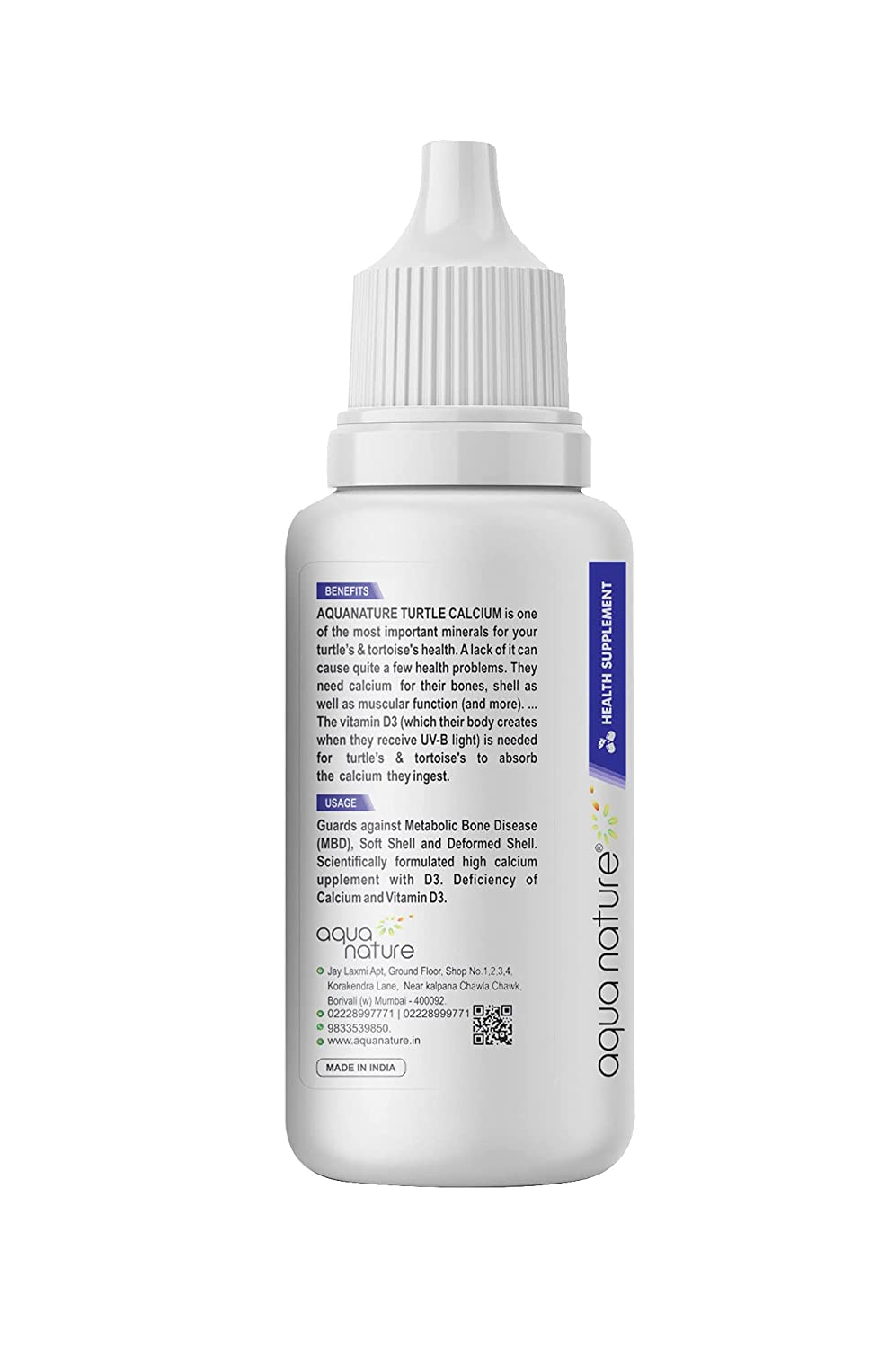Have you ever wondered why turtles have such strong and durable shells? Well, it all comes down to the importance of calcium and vitamin D3. In this article, we’re going to dive deep into the fascinating world of turtle shells and explore the role that calcium and vitamin D3 play in keeping them healthy and strong.
Turtles are known for their hard shells that provide them with protection from predators and environmental hazards. But what exactly makes their shells so tough? The answer lies in the presence of calcium, a vital mineral for the development and maintenance of strong bones. Just like humans, turtles need an adequate amount of calcium in their diet to ensure proper shell growth and repair. Without enough calcium, their shells can become weak and prone to fractures, making them vulnerable to injuries and infections.
But calcium alone is not enough for turtles to maintain healthy shells. Vitamin D3 also plays a crucial role in the process. Vitamin D3 helps turtles absorb and utilize calcium from their diet, ensuring that their shells receive the necessary nutrients for growth and strength. Without sufficient levels of vitamin D3, turtles can suffer from calcium deficiency, which can lead to deformities and other health issues.
To learn more about the importance of calcium and vitamin D3 for healthy turtle shells, keep reading the article! We’ll explore the specific dietary requirements of turtles and provide tips on ensuring they receive the right amount of these essential nutrients.
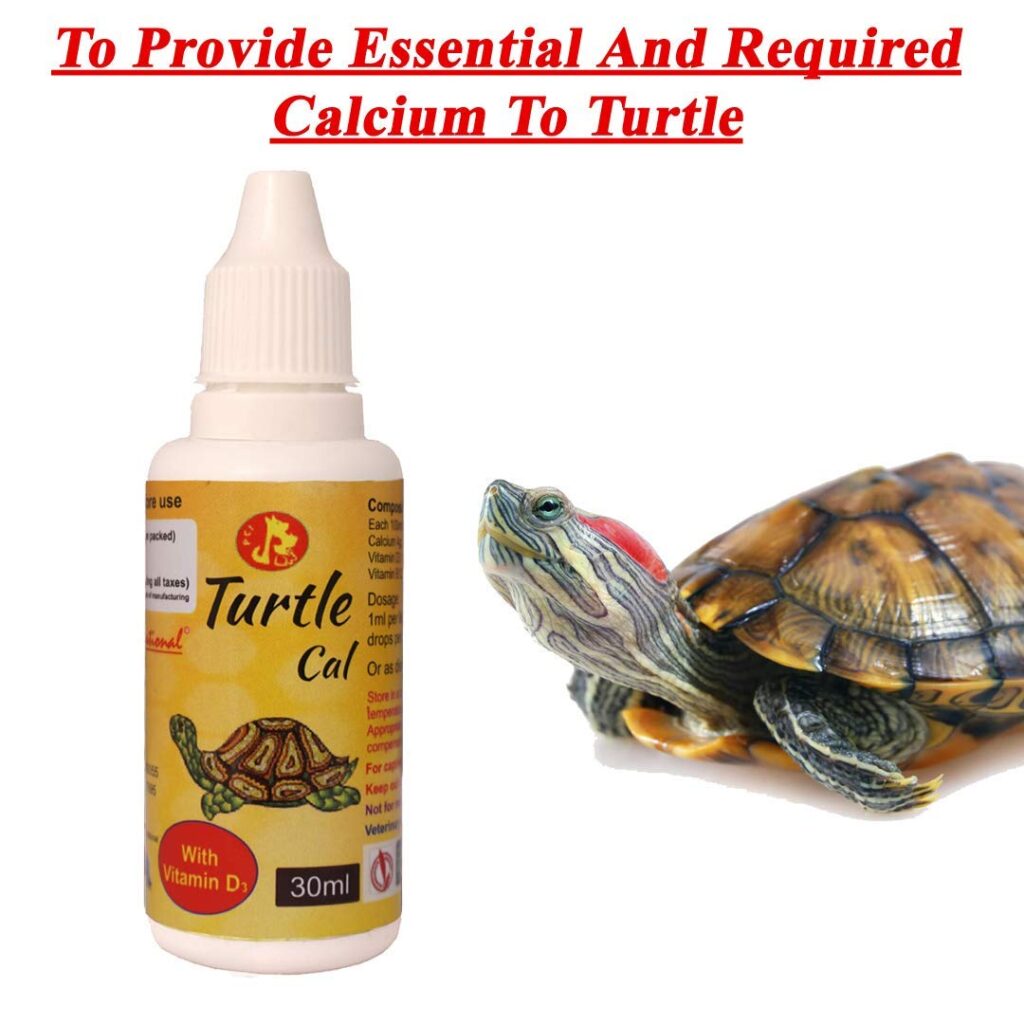
Overview of Turtle Shells
Turtle shells play a vital role in protecting and supporting the bodies of these fascinating creatures. These shells come in various shapes and sizes, depending on the species of turtle. Understanding the physical structure and functions of turtle shells is crucial in maintaining the health and well-being of these reptiles.
Physical Structure of Turtle Shells
Turtle shells are composed of two main parts: the carapace and the plastron. The carapace is the hard, upper shell that covers the turtle’s back, while the plastron is the lower shell that protects the belly and provides support.
The carapace consists of several bony plates called scutes. These scutes are made of keratin and are tightly fused together, creating a strong and durable protective layer. The plastron, on the other hand, is made up of smaller scutes that interlock and allow for flexibility.
Functions of Turtle Shells
Turtle shells serve multiple important functions for these reptiles. First and foremost, shells provide a strong defense against predators. The hard exterior of the shell makes it difficult for predators to inflict serious injuries on turtles.
Shells also provide support for the turtle’s body. The carapace and plastron work together to protect the internal organs and provide structural support for the turtle’s limbs. Additionally, the shells act as a barrier against harmful environmental elements, such as extreme temperatures and harmful ultraviolet (UV) radiation.
Understanding Calcium
Calcium is a crucial mineral that plays a vital role in various body functions for turtles. It is essential for proper bone development, muscle contractions, nerve function, and blood clotting. Without adequate calcium, turtles can experience significant health issues, particularly concerning their shells.
Role of Calcium in Body Functions
Calcium is a key component of the bones and shells of turtles. It provides the structural integrity and strength needed for proper growth and development. Calcium is also involved in muscle contractions, allowing turtles to move and swim.
Furthermore, calcium is essential for the proper functioning of the nervous system. It helps transmit nerve impulses, ensuring that various bodily processes can occur smoothly. Calcium is also involved in blood clotting, preventing excessive bleeding in the event of an injury.
Calcium Absorption in Turtles
Turtles obtain calcium primarily through their diet. Calcium-rich foods such as leafy greens, insects, and certain types of fish provide turtles with the necessary calcium for their bodies. However, simply consuming calcium-rich foods is not enough. Turtles also require proper absorption of calcium for it to be utilized effectively.
Calcium absorption in turtles is influenced by various factors, including vitamin D3 levels and the presence of other dietary components. Additionally, turtles have a unique mechanism known as selective absorption, which allows them to regulate calcium absorption based on their body’s needs.
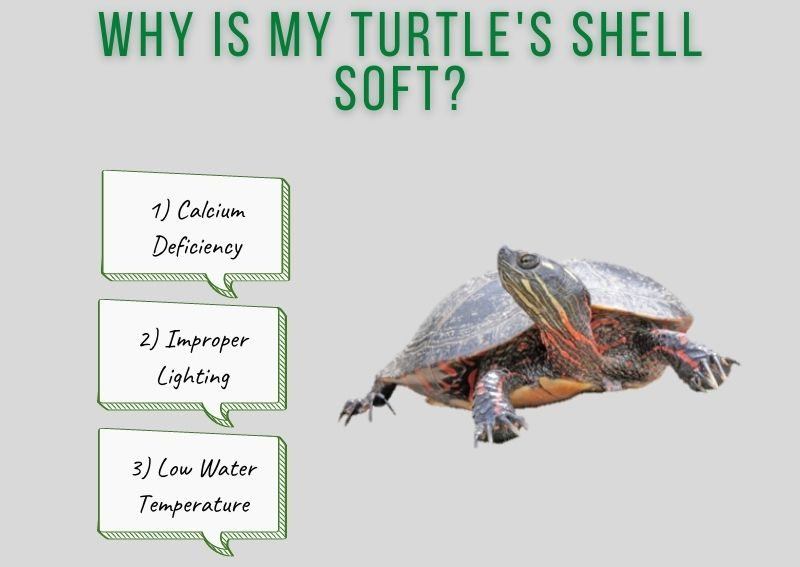
The Role of Vitamin D3
Vitamin D3, also known as the “sunshine vitamin,” is crucial for calcium metabolism and overall health in turtles. This essential vitamin works in tandem with calcium to ensure proper shell development and maintain vital body functions.
Importance of Vitamin D3 for Turtles
Vitamin D3 plays a pivotal role in calcium absorption and utilization by the body. Without adequate levels of vitamin D3, turtles may face issues with calcium deficiency, leading to various health problems, including weakened shells.
Turtles rely on exposure to ultraviolet B (UVB) light to activate vitamin D3 synthesis in their bodies. This process occurs when the skin absorbs UVB light, which then triggers the conversion of a precursor molecule into active vitamin D3. Vitamin D3, in turn, facilitates the absorption and utilization of calcium from the diet.
Vitamin D3 Synthesis in Turtles
Turtles have a fascinating ability to synthesize vitamin D3 when exposed to natural sunlight or artificial UVB light sources. When a turtle basks in the sun, its skin absorbs UVB rays, stimulating the production of vitamin D3 in specialized cells. This self-synthesis ensures that turtles can maintain optimal calcium levels for shell health.
The Calcium-Vitamin D3 Connection
The relationship between calcium and vitamin D3 in turtles is a crucial aspect of maintaining healthy shells. These two nutrients work synergistically to promote proper shell development and overall well-being.
Synergistic Effect of Calcium and Vitamin D3
Calcium and vitamin D3 have a symbiotic relationship. While calcium is essential for shell formation and other bodily functions, vitamin D3 is necessary for the absorption and utilization of calcium. Without sufficient levels of vitamin D3, turtles may struggle to absorb calcium from their diet, leading to potential deficiency and weakened shells.
On the other hand, adequate vitamin D3 levels ensure that the absorbed calcium is effectively utilized by the body. This interplay between calcium and vitamin D3 underscores the importance of maintaining a proper balance of these nutrients for the health of turtle shells.
Effects of Calcium and Vitamin D3 Deficiency on Turtle Shells
Insufficient calcium and vitamin D3 can have detrimental effects on the health of turtle shells. Calcium deficiency can lead to softening of the shell, making it more susceptible to fractures and deformities. Vitamin D3 deficiency, on the other hand, interferes with the absorption and utilization of calcium, exacerbating the effects of calcium deficiency.
Turtles with calcium and vitamin D3 deficiencies may develop a condition known as Metabolic Bone Disease (MBD). MBD is characterized by weakened bones and shells, which can lead to pain, difficulty moving, and even death if left untreated. Soft Shell Syndrome is another common issue seen in turtles lacking calcium and vitamin D3, where the shell becomes soft and pliable, further compromising the turtle’s health.

Common Turtle Shell Issues
Shell-related issues are a common concern among turtle keepers. Understanding these problems is crucial in identifying and addressing them promptly for the overall well-being of turtles.
Metabolic Bone Disease
Metabolic Bone Disease (MBD) is a condition characterized by the weakening of bones and shells due to calcium and vitamin D3 deficiencies. It is often caused by an imbalanced diet lacking in essential nutrients or improper UVB light exposure.
Turtles with MBD may exhibit weak limbs, soft shells, poor growth, and deformities. The condition can be debilitating and, if left untreated, can lead to severe health complications and even death. It is, therefore, essential to prevent and address MBD to ensure the longevity and well-being of turtles.
Soft Shell Syndrome
Soft Shell Syndrome is a direct result of calcium and vitamin D3 deficiencies. As the name suggests, turtles with this condition have shells that are soft and pliable instead of the normal hard and rigid structure. Soft Shell Syndrome is often seen in young turtles and can be caused by an improper diet and inadequate UVB light exposure.
Turtles with soft shells are at a higher risk of injuries, infections, and other health complications. Timely intervention, including proper calcium and vitamin D3 supplementation, can help reverse this condition and promote healthy shell development.
Feeding Strategies for Healthy Shells
Proper nutrition is crucial for maintaining healthy turtle shells. Providing a balanced diet that includes calcium-rich foods and appropriate vitamin D3 supplementation is key to ensuring the well-being of these reptiles.
Calcium-Rich Food Sources for Turtles
Turtles require a diet rich in calcium to support proper shell development and overall health. Leafy greens, such as kale, collard greens, and dandelion greens, are excellent sources of calcium for turtles. Additionally, certain insects, such as crickets and mealworms, can be dusted with calcium powder before feeding them to turtles.
It is important to note that different species of turtles have varying dietary requirements. Consulting with a veterinarian or reptile specialist can help determine the specific dietary needs of your turtle to ensure optimal calcium intake.
Supplementing Turtle Diets with Calcium and Vitamin D3
Despite providing calcium-rich foods, it may be necessary to supplement a turtle’s diet with calcium and vitamin D3. Calcium supplements in the form of powder or liquid can be added to food for easy consumption. These supplements help ensure that turtles receive adequate calcium to support their shells and overall health.
Vitamin D3 supplementation is also essential, especially for turtles that do not have access to natural sunlight or UVB light sources. A veterinarian can recommend the appropriate vitamin D3 supplement and dosage for your turtle, taking into account its specific needs and circumstances.
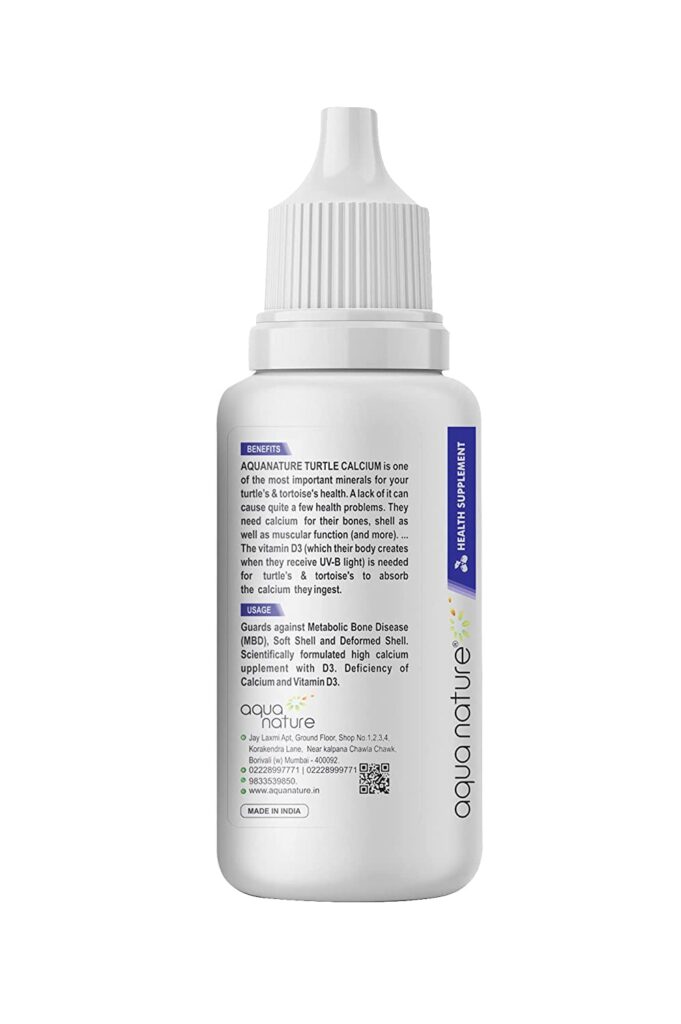
UVB Light Exposure
UVB light plays a crucial role in the metabolism of calcium and vitamin D3 in turtles. It is necessary for the synthesis and activation of vitamin D3, which, in turn, enables the absorption and utilization of calcium.
Importance of UVB Light for Calcium and Vitamin D3 Metabolism
UVB light is vital for turtles in maintaining optimal levels of calcium and vitamin D3. Exposure to UVB light triggers the synthesis of vitamin D3 in the skin, ensuring that turtles can effectively absorb and utilize calcium from their diet.
Natural sunlight is an excellent source of UVB light and is highly beneficial to turtles. However, it is crucial to provide appropriate and safe basking areas for turtles to ensure they receive optimal UVB exposure. In cases where natural sunlight is insufficient, artificial UVB light sources specifically designed for reptiles can be used.
UVB Light Sources for Turtles
When natural sunlight is not readily available, reptile-specific UVB light bulbs can be used to supplement the turtle’s UVB light exposure. These bulbs emit a range of ultraviolet wavelengths, including UVB, which is necessary for vitamin D3 synthesis.
UVB bulbs should be placed within suitable fixtures in the turtle’s habitat, ensuring that they emit the correct levels of UVB radiation. It is recommended to consult with a veterinarian or reptile specialist to determine the appropriate type and strength of UVB bulbs for your specific turtle species.
Calcium and Vitamin D3 Supplements
Supplementing turtles’ diets with calcium and vitamin D3 can help ensure adequate levels of these essential nutrients. However, it is important to choose the right type of supplements and administer them correctly.
Types of Calcium and Vitamin D3 Supplements for Turtles
Calcium supplements for turtles are available in various forms, including powders, liquids, and cuttlebones. Powders can be sprinkled on food, ensuring that turtles consume the necessary calcium. Similarly, liquid supplements can be mixed with water or applied directly to food.
Vitamin D3 supplements for turtles are typically available in the form of liquid drops or gel capsules. These can be administered orally or mixed with food, ensuring that turtles receive the necessary vitamin D3 for calcium metabolism.
It is crucial to read and follow the manufacturer’s instructions for each supplement, as dosages may vary depending on the brand and concentration.
Proper Dosage and Administration
Determining the correct dosage of calcium and vitamin D3 supplements for turtles can be challenging. Factors such as species, age, size, and overall health must be considered. Consulting with a veterinarian or reptile specialist is recommended to ensure accurate dosage and proper administration.
Overdosing on calcium and vitamin D3 supplements can be detrimental to turtles’ health, leading to kidney issues and other complications. Therefore, it is important to follow recommended dosage guidelines and monitor the turtle’s response to supplementation.
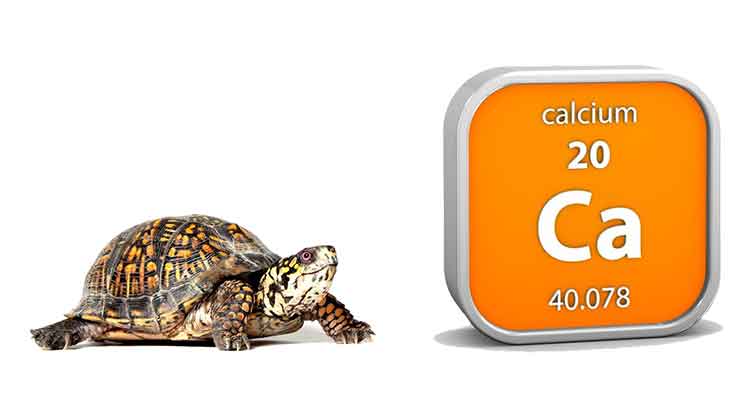
Regulating Environmental Conditions
Maintaining appropriate environmental conditions is crucial for the health of turtle shells. Factors such as temperature and humidity play a significant role in calcium and vitamin D3 metabolism.
Proper Temperature and Humidity for Shell Health
Turtles are ectothermic animals, meaning their body temperature is regulated by their environment. Maintaining appropriate temperature ranges is essential for their overall health and, specifically, for the metabolism of calcium and vitamin D3.
Different species of turtles have different temperature requirements. Providing a suitable temperature gradient within the enclosure allows turtles to regulate their body temperature effectively. It is important to provide warm basking spots that enable turtles to raise their body temperature when needed.
Humidity levels also play a role in maintaining healthy shells. Ensuring adequate humidity within the enclosure helps prevent dehydration and keeps the turtle’s skin and shell in optimal condition.
Effects of Improper Conditions on Turtles’ Calcium and Vitamin D3 Metabolism
Inadequate temperature and humidity conditions can adversely affect the metabolism of calcium and vitamin D3 in turtles. Insufficient temperature ranges can hinder the synthesis of vitamin D3 from sunlight or UVB light sources. In turn, this affects the absorption and utilization of calcium, leading to potential deficiencies and shell-related issues.
Improper humidity levels can also lead to dehydration, which impacts the overall health of turtles, including their shells. Dry environments can result in flaky and cracked shells, making turtles more susceptible to infections and other health problems.
Preventing Shell Issues
Preventing shell-related issues is essential for the long-term health and well-being of turtles. Regular veterinary check-ups and a balanced diet are crucial components in caring for turtle shells.
Regular Veterinary Check-ups
Regular check-ups with a veterinarian who specializes in reptile care are essential for keeping turtles healthy. These veterinary professionals can assess the overall health of turtles, including their shells, and identify any potential issues before they escalate.
Veterinarians can provide guidance on proper nutrition, calcium and vitamin D3 supplementation, and environmental conditions to ensure optimal shell health. They can also address specific concerns and provide appropriate treatments or interventions if necessary.
Maintaining a Balanced Diet for Turtles
A balanced diet is crucial for preventing shell issues in turtles. Providing a varied and nutritionally rich diet ensures that turtles receive all the necessary vitamins, minerals, and nutrients for optimal shell development.
In addition to calcium-rich foods, turtles require a mix of proteins, vegetables, and fruits to maintain a well-rounded diet. It is important to avoid overfeeding turtles and to provide appropriate portion sizes to prevent obesity and other health complications.
Educating Turtle Keepers
Raising awareness about the importance of calcium and vitamin D3 for turtle shell health is crucial. Educating turtle keepers on proper care, nutrition, and environmental conditions empowers them to provide the best possible care for their turtles.
Raising Awareness on Calcium and Vitamin D3 Importance
Many turtle keepers may not be aware of the critical role that calcium and vitamin D3 play in shell health. By raising awareness about these essential nutrients, keepers can make informed decisions about proper diet, supplementation, and lighting for their turtles.
Sharing information about the signs and symptoms of calcium and vitamin D3 deficiencies, as well as the potential consequences, helps keepers recognize and address any issues promptly. Ultimately, this knowledge contributes to the overall well-being and longevity of turtles.
Providing Information and Resources
Providing accessible information and resources is crucial in assisting turtle keepers in their quest for proper care. Online platforms, educational materials, and local reptile societies can serve as valuable sources of information for turtle owners.
These resources can provide detailed information on topics such as appropriate diets, recommended supplements, and suitable environmental conditions. Additionally, they can help connect turtle keepers with experienced professionals who can provide guidance and address specific concerns.
Conclusion
Calcium and vitamin D3 are paramount for the health and well-being of turtle shells. These essential nutrients work in tandem to promote proper shell development, maintain overall health, and prevent debilitating conditions such as Metabolic Bone Disease and Soft Shell Syndrome.
By understanding the physical structure and functions of turtle shells, as well as the crucial roles of calcium and vitamin D3, turtle keepers can take active steps to ensure proper care. Providing a balanced diet, appropriate calcium and vitamin D3 supplementation, regulated environmental conditions, and access to UVB light sources are key in maintaining healthy shells.
Regular veterinary check-ups and continuous education about calcium and vitamin D3 importance further contribute to the well-being of turtles. By prioritizing the health of turtle shells, keepers can provide these fascinating reptiles with long and happy lives.
